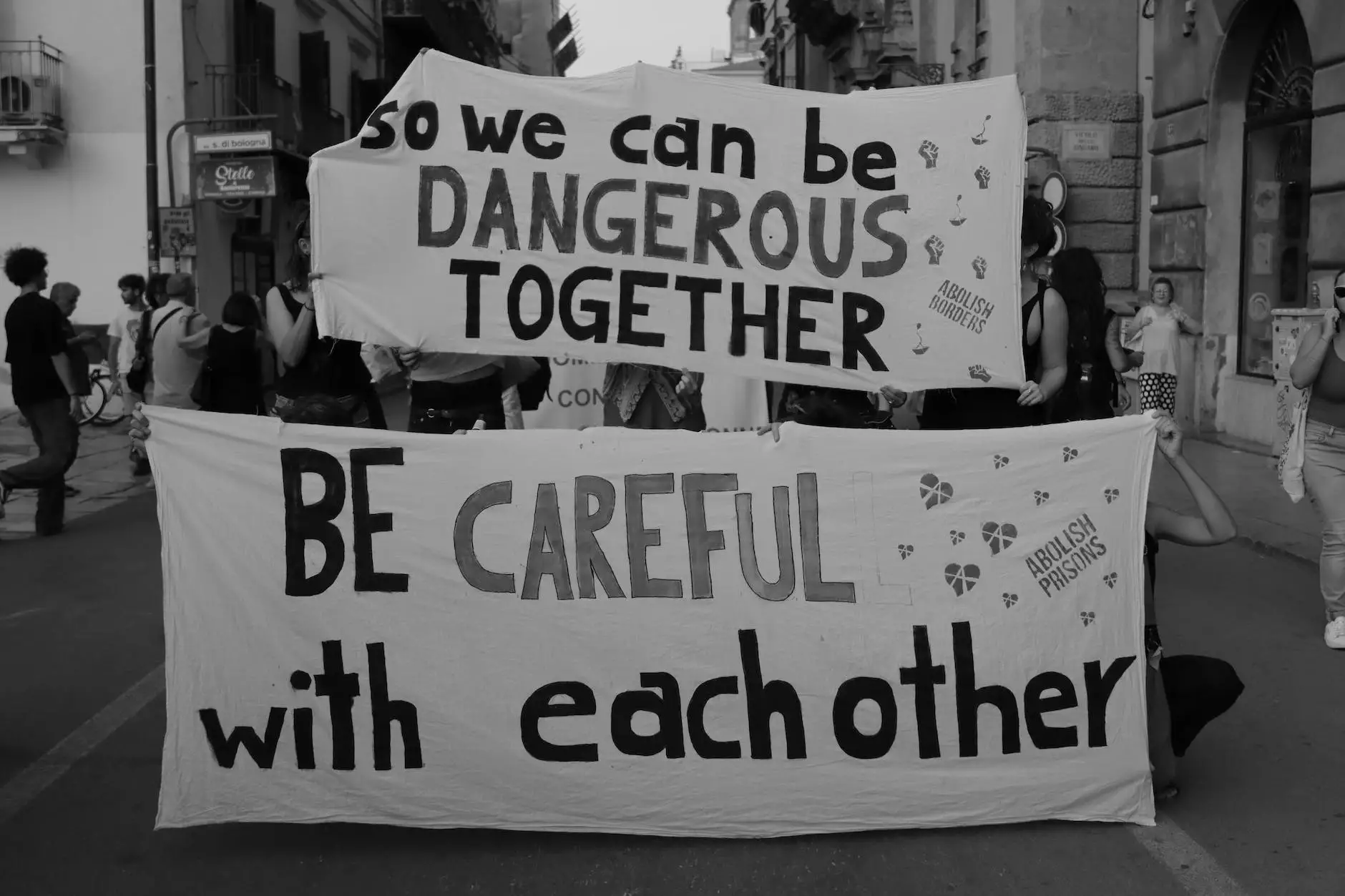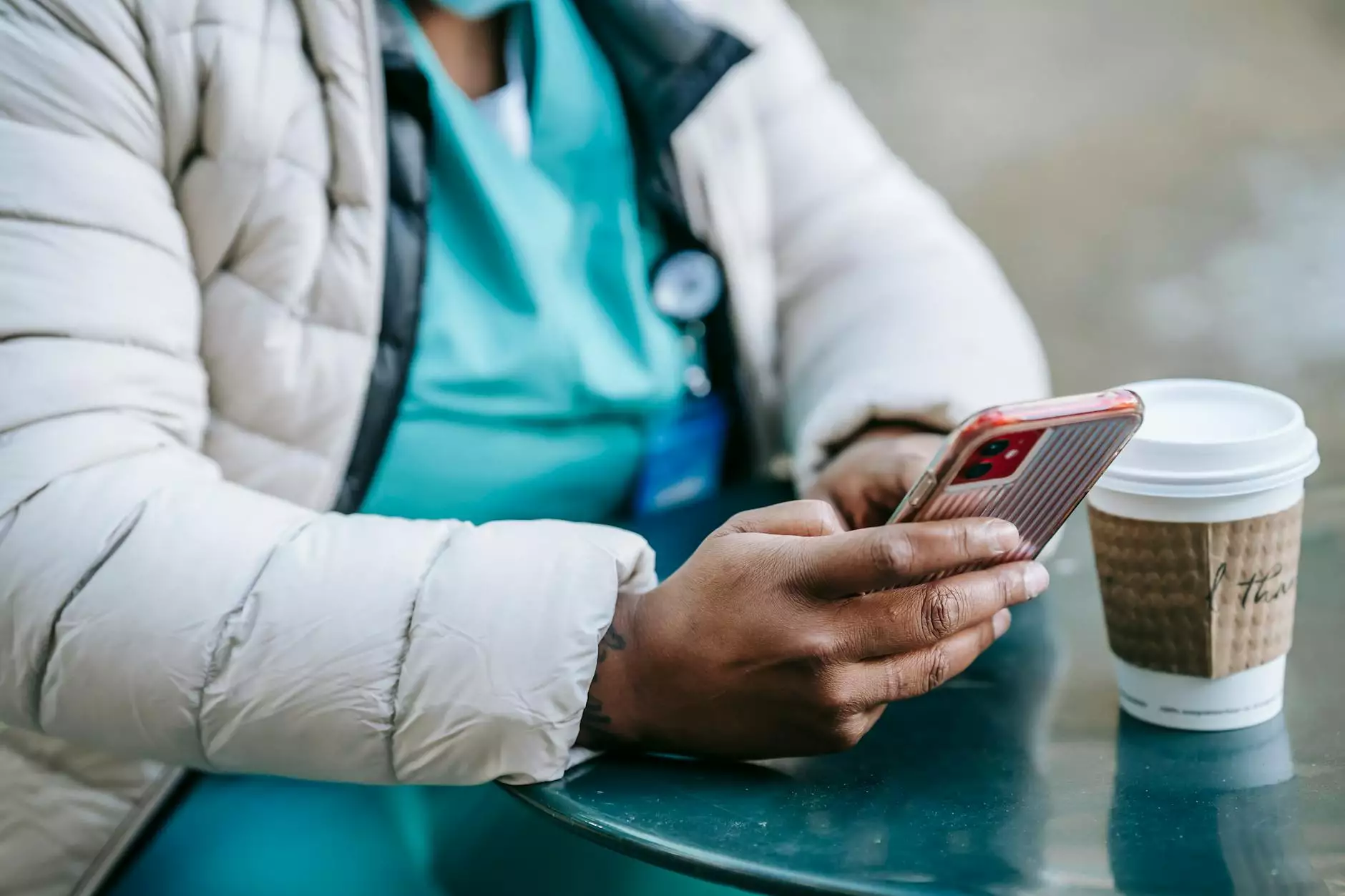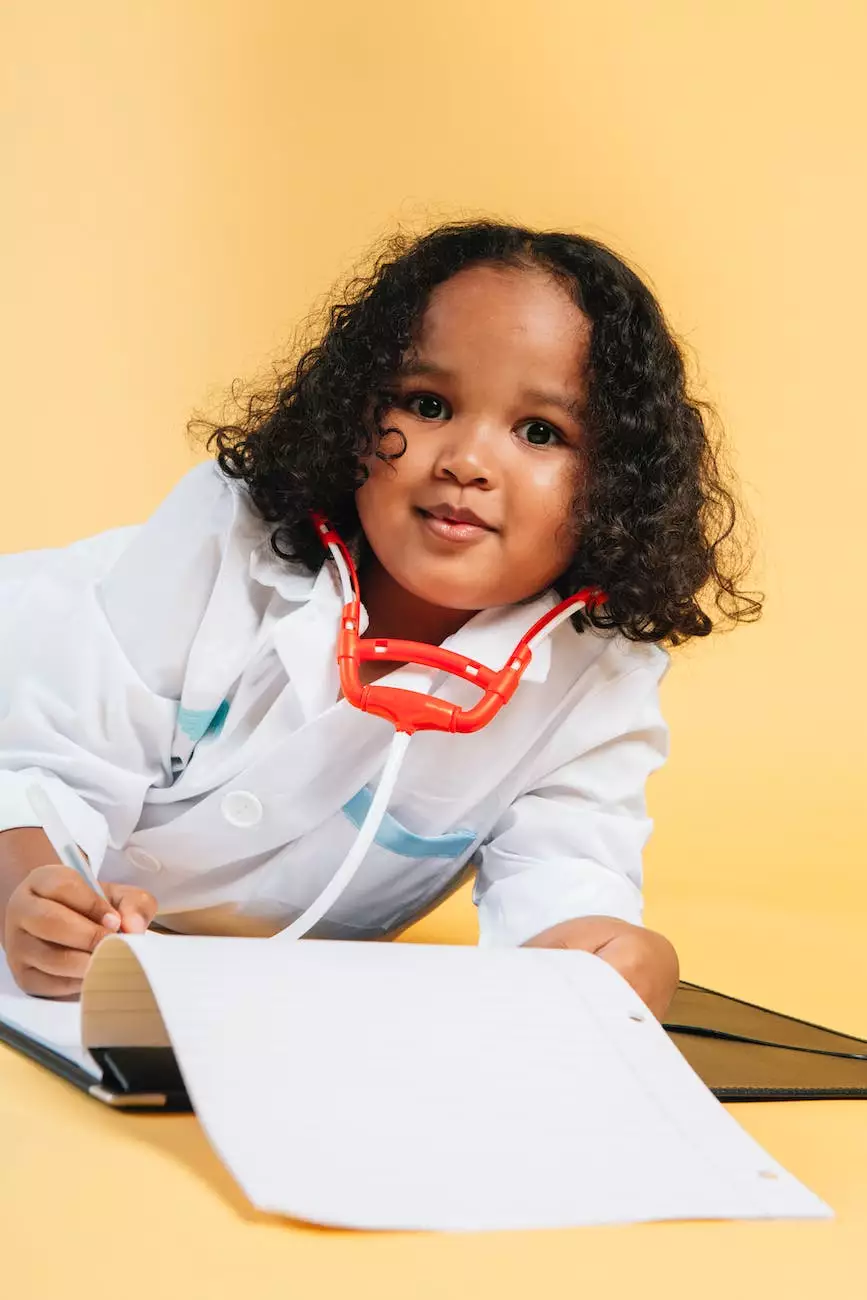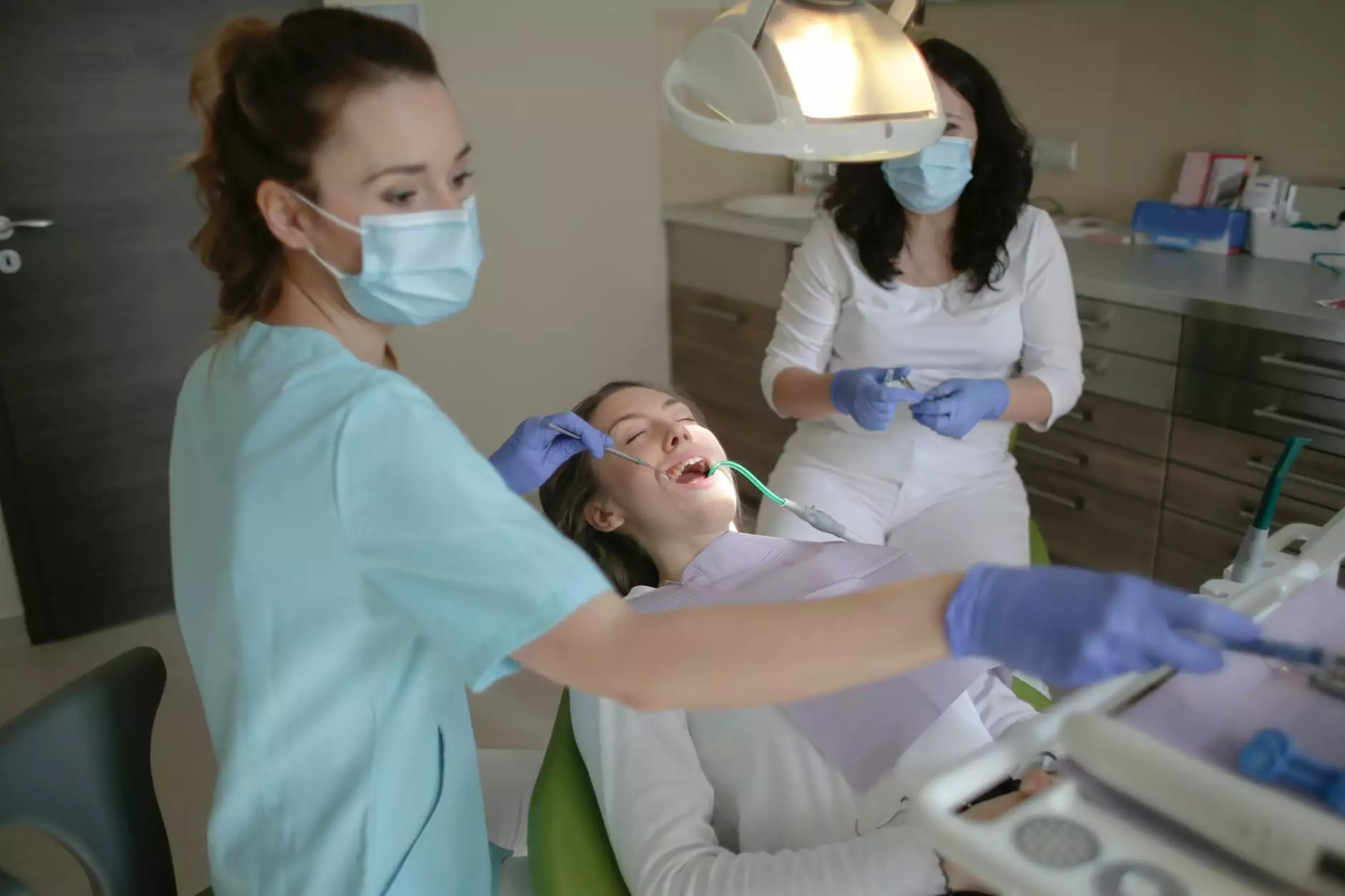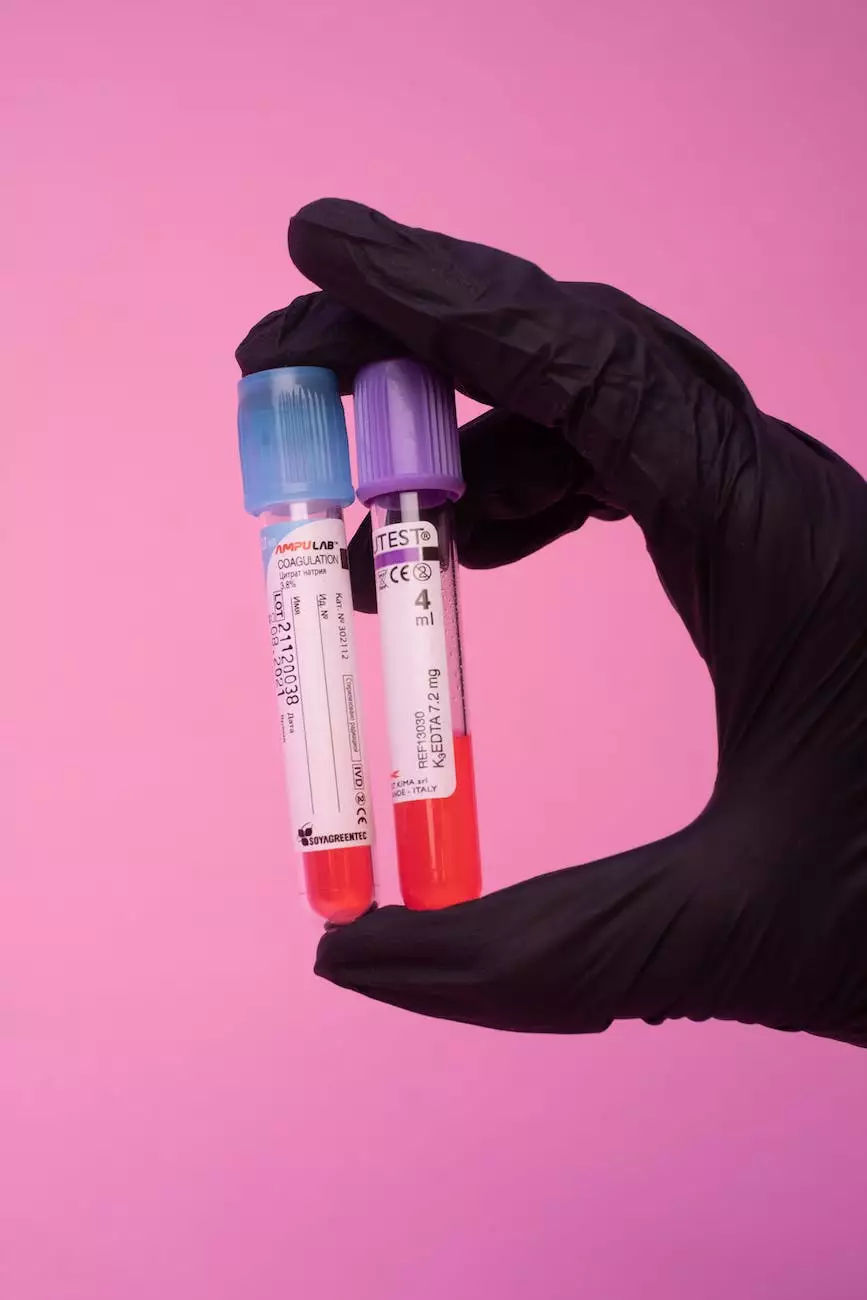If people can spread the virus without showing any symptoms, how can I tell who's infected and who's not
Health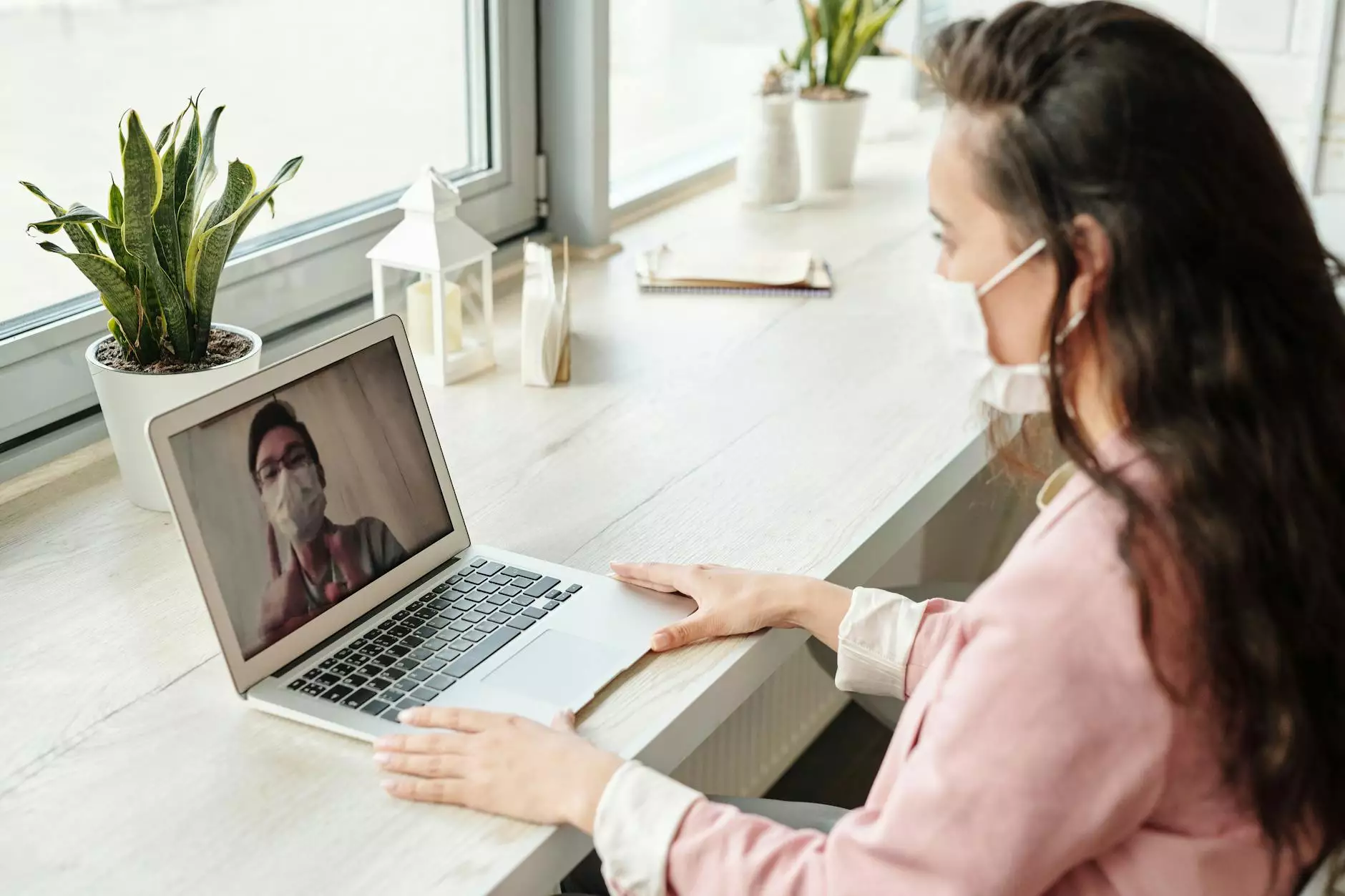
Welcome to MUIR DIABLO OCCUPATIONAL MEDICINE, your trusted source for comprehensive occupational health services. As COVID-19 continues to impact our daily lives, it is essential to understand how the virus can spread without individuals showing any symptoms. In this article, we will delve into the transmission of silent infections and provide insights into how you can determine if someone is infected, even in the absence of symptoms.
The Silent Spread of COVID-19
COVID-19 is caused by the novel coronavirus, SARS-CoV-2. One of the most concerning aspects of this virus is that infected individuals can transmit it to others even if they are not displaying any symptoms. These individuals are often referred to as asymptomatic carriers.
Asymptomatic carriers can unknowingly spread the virus to others through respiratory droplets when they cough, sneeze, talk, or even breathe. This silent spread significantly contributes to the rapid transmission of COVID-19 within communities and makes it challenging to identify infected individuals solely based on symptoms.
Determining Infection Without Symptoms
While identifying asymptomatic carriers can be difficult, several strategies can help in determining if someone is infected with the virus, regardless of symptom presence:
1. Testing and Screening:
Regular testing and screening play a crucial role in detecting COVID-19 infections, especially in individuals who do not show any symptoms. Diagnostic tests, such as the polymerase chain reaction (PCR) test, can detect the presence of the virus itself. Serological tests, on the other hand, look for antibodies that indicate previous infection. A combination of these tests can provide valuable insights into the presence of the virus within a population.
2. Contact Tracing:
Contact tracing is another essential tool in identifying potential infections. By identifying and notifying individuals who have come into close contact with someone known to be infected, the spread of the virus can be slowed down. It is crucial to trace and test individuals who might have been exposed to asymptomatic carriers to prevent further transmission.
3. Monitoring and Surveillance:
Monitoring and surveillance programs can help track the spread of COVID-19 within communities. By collecting and analyzing data on infections, hospitalizations, and other relevant metrics, public health authorities can identify trends and take proactive measures to control the spread of the virus.
Preventing the Spread
It is important to note that preventing the spread of COVID-19 relies not only on identifying infected individuals but also on implementing preventive measures. Here are some key preventive measures that can help curb the transmission:
1. Wear Face Masks:
Wearing face masks, particularly in crowded public spaces, can significantly reduce the transmission of the virus. Masks act as a physical barrier, preventing respiratory droplets from being released into the air and potentially infecting others. It is important to use masks properly, covering both the nose and mouth.
2. Practice Social Distancing:
Keeping a safe distance from others helps reduce the risk of virus transmission. Maintaining a distance of at least 6 feet (about 2 meters) from individuals not residing in the same household is advised, especially in enclosed spaces where ventilation may be limited.
3. Follow Hand Hygiene Practices:
Regularly washing hands with soap and water for at least 20 seconds or using hand sanitizers with at least 60% alcohol content can help kill the virus on the hands. Avoid touching your face, especially the eyes, nose, and mouth, to minimize the risk of transmission.
4. Stay Updated and Follow Guidelines:
Staying informed about the latest guidelines and recommendations from trusted health organizations, such as the Centers for Disease Control and Prevention (CDC) and the World Health Organization (WHO), is essential. Adhering to these guidelines can help protect yourself and those around you.
Conclusion
While the silent spread of COVID-19 poses challenges in identifying infected individuals without symptoms, various testing, screening, and preventive measures can aid in detection and control. At MUIR DIABLO OCCUPATIONAL MEDICINE, we prioritize occupational health and offer a comprehensive range of services to support businesses and individuals during these uncertain times. Stay vigilant, follow recommended guidelines, and together, we can overcome this global health crisis.
